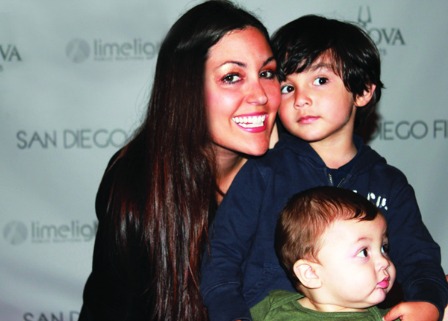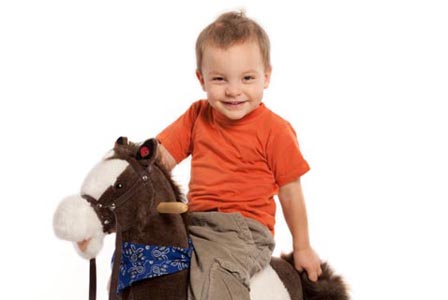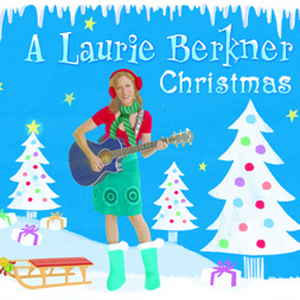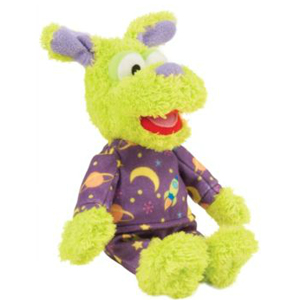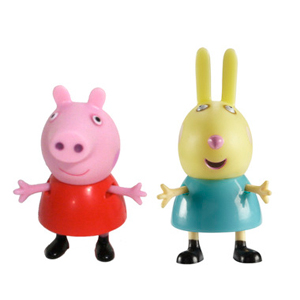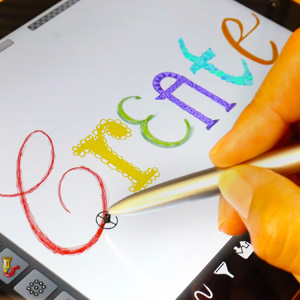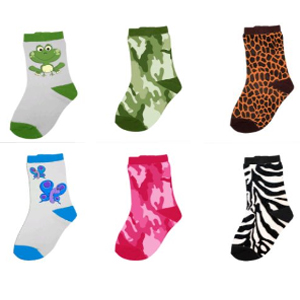Parents of children with Down syndrome share advice on the pros and cons of addressing disabilities with classmates in an ongoing effort to help their child live an inclusive life in a sometimes exclusive world.
![]()
When I was 18 weeks pregnant with my son, Charlie, I learned he had Down syndrome. Over the course of my pregnancy, I grew accustomed to a much more heightened sensitivity to the "R" word and jokes people made at the expense of people with disabilities.
Nowadays, I can bat down the use of the "R" word with my eyes closed and one pinky on the tweet button.
But since Charlie's infancy, I've consistently faltered with simple, sincere questions I don't feel prepared to address.
Take this story, for example. One characteristic of babies with Down syndrome is tongue thrusting — almost like they’re licking ice cream, almost constantly. I had read about it, but until I noticed Charlie’s own tongue thrusting as he lay in his NICU isolette, it didn’t occur to me that my child may have that characteristic.
We’re used to it now, enough that I forget it might stand out to others. When a kindergartner first asked me why Charlie was sticking his tongue out, I was not proud of my reply. I said, very simply, “Well, he must be thinking about ice cream!”
What should I have said? What is the best way for parents to speak to their children’s peers about Down syndrome? When is it helpful?
Pros and cons
Parents have mixed reactions and philosophies on whether it's helpful to address a child's disabilities with his or her peers.
Stephanie is Mom to 8-year-old Ivan, who has Down syndrome, and 7-year-old Angelina, who has cerebral palsy. Ivan is in a mainstream second-grade classroom, and Stephanie says it never occurred to her to speak to his class about his Ds diagnosis.
“I am a firm believer in ‘we are more alike than different,’” she says, “and the last thing I want to do is make Ivan feel like he's different.”
The story Stephanie shares reaffirmed her belief that Ivan’s classmates accept him exactly as he is.
“About halfway through last year, his first-grade teacher told me they had a little classroom revelation. I'm not sure how it came up in conversation, but it came out that the class had no idea Ivan had Down syndrome.
“[His classmates] thought, because of his smaller stature and delayed speech, he was just a really smart preschooler who was smart enough to be in the first grade with a little help! The thought of that conversation still delights me.”
Raising awareness
![Chase and Zeke]()
Laurie is a fourth-grade teacher and mom to two sons with Down syndrome, Chase and Zeke, who are both 5 years old. She recently presented at a Down syndrome Association of Greater Charlotte seminar on speaking to a child’s peers about Down syndrome.
The seminar covered a range of scenarios, from speaking with younger children to discussing disability etiquette with high school students.
Laurie shared the lesson plan she used with Chase’s and Zeke’s kindergarten class, as well as her oldest son, Ian’s, kindergarten, first- and second-grade classes.
“We knew [Ian’s] classmates knew Chase, and we wanted to start building that awareness and acceptance and understanding from day one,” she explains.
Advice born from experience
Laurie offers two primary tips to parents considering talking to a child’s class or reading one of many wonderful books available that address disabilities:
- Build rapport with your child’s teacher before you ask to talk with the class about your child’s disability. “It's easier to go into the class when you have already built support,” Laurie says.
- Practice, practice practice!“Even though you think you may not be emotional about your child's diagnosis, your feelings may be amplified when you are reading [a book] in front of a group of your child's peers,” Laurie points out.
Children's books about Ds
“You need to almost desensitize yourself from the book. If you cry — even tears of happiness — you’re going to make the kids think that Ds is something that you are sad or scared about. [Remember,] your message is about acceptance, not sadness!”
Laurie reports a consistently positive response when she’s spoken with the boys’ classmates. “If you give the students a glimpse into the life of your child, they will be compassionate. [In fact,] talking about Ds brings awareness to the classroom that makes it OK to ask questions in an honest, supportive light,” she says.
Different approaches
For parents who decide a classroom session will be helpful, approaches range from reading a children’s book about disabilities to sharing a homemade “book” about the child that illustrates many common characteristics the child with special needs shares with his or her peers.
Laurie and her husband, Bryan, compiled a pamphlet . The cover includes a picture of Chase and Zeke, side-by-side and all smiles. “Meet Chase and Zeke [last name],” reads the title. “They are part of ________’s kindergarten class this year. They both have Down syndrome, but they are more alike than different.”
Inside, the pamphlet includes a paragraph about what the boys like to do when they are in school and when they are at home with their family. “When they are not in school, they both love the playground, jumping on trampolines, swimming and watching movies, just like most other kindergartners.”
The third page of the pamphlet includes quick facts about Down syndrome in simple language, and the back page lists resources for more information about Down syndrome, as well as the family’s contact information and an invitation to reach out and ask questions.
“I don’t know if it is the lessons, or the school, or the fact that my boys are rock stars, but I can't leave the after-school program without all of their classmates giving them hugs and high fives,” Laurie shares.
Engaging children
Besides reading a children’s book, experts recommend getting children involved in understanding what it might feel like to have the disabilities or challenges that accompany a diagnosis like Down syndrome. Because children with Ds often have speech and fine motor delays, these activities can help typically developing children understand what those delays feel like:
Demonstrating speech delays
Pair children in teams, and give each a large marshmallow. One by one, ask the child to place the marshmallow on the tip of their tongue, inside their mouths, and then talk to each other about their favorite hobby or movie.
This helps the children understand what it feels like to know what you’re trying to say but to struggle with being able to say the words clearly.
Understanding fine motor challenges
Have each child place a sock on one hand. Then ask the child to use their “sock hand” to pick up a pencil and write their name. This exercise helps them understand how difficult it can be to have to work harder at skills many children can do much more easily.
For more information and tips on speaking to your child’s peers, contact your local Down syndrome association or the National Down Syndrome Society.
![]() Tell us
Tell us
What do you think about talking to students about a classmate’s disability? Do you think it spotlights a difference or increases awareness and compassion? Share your thoughts in the comments below.
Read more about special needs
How to make sure your child doesn't become Ann Coulter
Having a sibling with Down syndrome
The truth about my child with Down syndrome





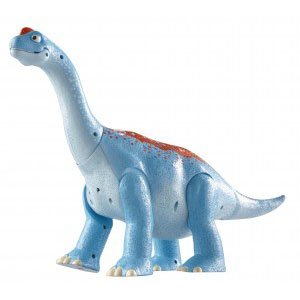

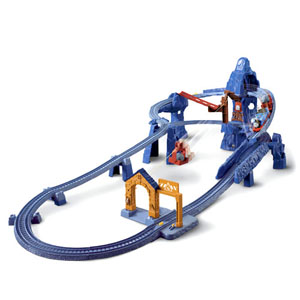


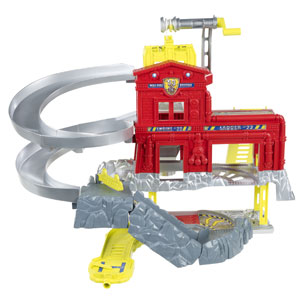






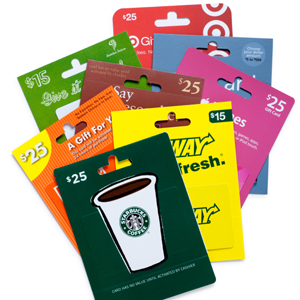


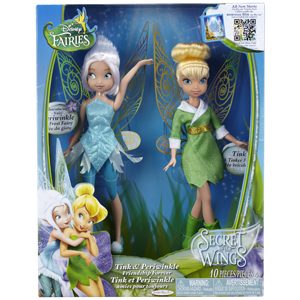
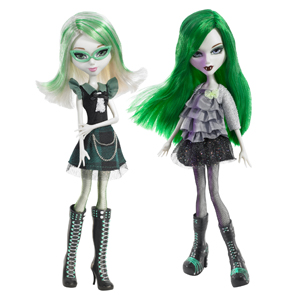
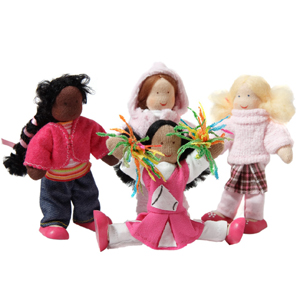

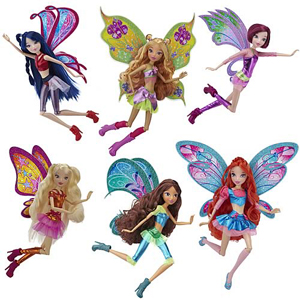
 Jenny McCarthy
Jenny McCarthy


